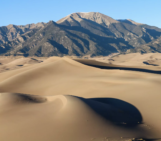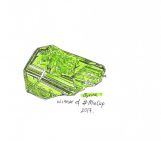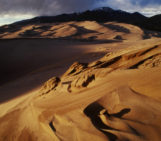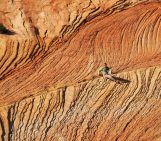This week’s Imaggeo on Mondays is brought to you by Robert Wills, a Caltech Ph.D. student studying how mountain ranges help set the global pattern of rainfall and how these rainfall patterns affect the erosional evolution of mountain ranges. Robert is also an avid photographer who particularly enjoys nature photography in the American Southwest. This is one of his finest snapshots from the area…
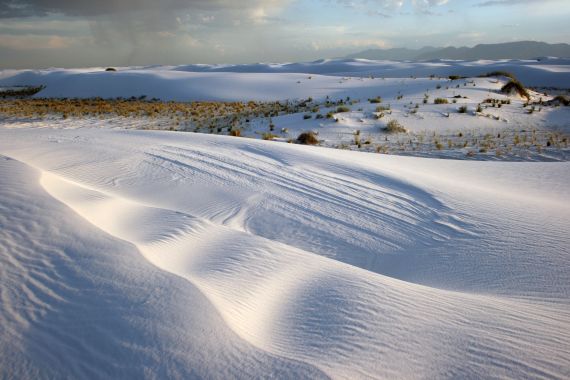
“Gypsum Dunes” by Robert Wills, distributed by the EGU under a Creative Commons licence.
What may first appear to be a dramatic snow covered landscape is, on closer inspection, revealed to be a large field of white sand dunes. This sand is white because it is made up of gypsum. White Sands National Monument in New Mexico is home to the largest field of gypsum sand dunes in the world. Sand dunes aren’t normally made of gypsum because gypsum is water-soluble and in most places, the gypsum sand would be carried away by the rain. But in this unique place, water cannot escape to the ocean, so the gypsum recrystallises on a nearby lake shore, and the wind breaks apart these fragile crystals, turning the gypsum back into sand.
By Robert Wills, California Institute of Technology
Imaggeo is the EGU’s online open access geosciences image repository. All geoscientists (and others) can submit their images to this repository and since it is open access, these photos can be used by scientists for their presentations or publications as well as by the press and public for educational purposes and otherwise. If you submit your images to Imaggeo, you retain full rights of use, since they are licensed and distributed by the EGU under a Creative Commons licence.

